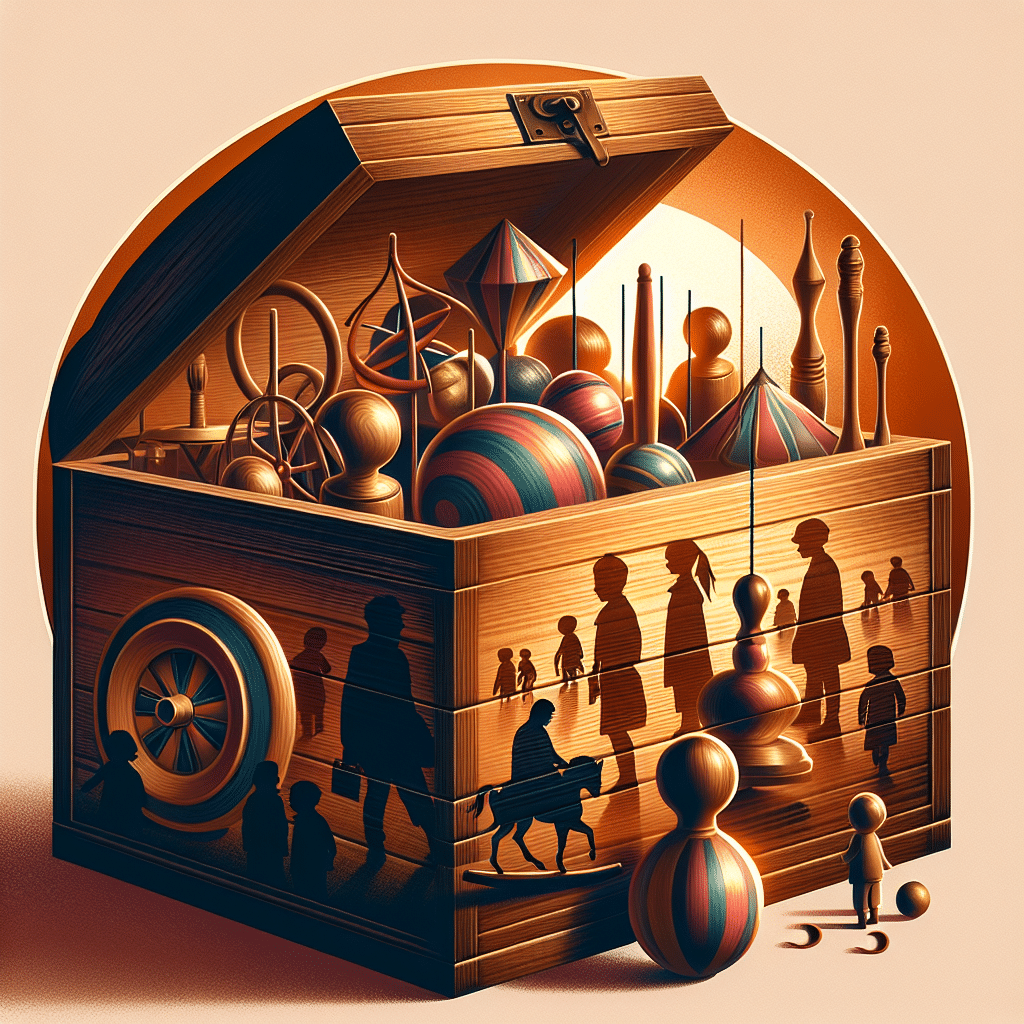The Role of Toys in Historical Education: A Journey Through Time
When we think of toys, they often bring to mind images of childhood joy and play. However, toys are much more than just entertainment. They serve as pivotal tools in education, especially when it comes to understanding history. Toys can offer unique insights into past cultures, societal norms, and technological advancements. In this blog post, we’ll explore the fascinating role toys have played in historical education and how they continue to be valuable resources today.
Table of Contents
1. Introduction
2. Toys as Cultural Artifacts
3. Educational Value of Historical Toys
4. Modern Toys and Historical Learning
5. Conclusion
6. FAQs
Introduction
Throughout history, toys have been an integral part of human culture. From ancient civilizations to modern societies, toys have not only entertained but also educated. They reflect the values, beliefs, and technologies of the times in which they were created. By studying toys, we can gain a deeper understanding of historical contexts and how people lived centuries ago. This blog will delve into the significance of toys in teaching history and how they can make learning more engaging and relatable.
Toys as Cultural Artifacts
Toys are powerful cultural artifacts. They provide a window into the lives of people from various historical periods. For instance, ancient Egyptian toys made from wood and pottery reveal insights into the daily lives and religious beliefs of the time. Similarly, dolls from the Victorian era, often dressed in elaborate costumes, reflect the fashion and social norms of the period.
These artifacts are not just remnants of the past but storytelling tools that offer a tangible connection to history. Museums around the world often showcase historical toys as part of their exhibits, helping visitors, especially children, visualize history in a way that books alone cannot. 🏺
Educational Value of Historical Toys
Historical toys hold immense educational value. They can be used to teach students about different time periods and cultures in an interactive and engaging manner. For example, playing with replica Roman soldier figurines can help students understand Roman military tactics and attire.
Moreover, historical toys promote critical thinking and creativity. By examining how toys were made and used, students can learn about the technological advancements of different eras. They can also explore the materials and craftsmanship that went into making these toys, fostering an appreciation for historical innovation.
Modern Toys and Historical Learning
In today’s digital age, modern toys continue to play a crucial role in historical education. Many toy manufacturers have developed educational kits and games designed to teach history in a fun and interactive way. For instance, LEGO has released sets that allow children to build famous historical landmarks, such as the Great Wall of China and the Colosseum, helping them learn about these structures’ significance and history. 🧱
Additionally, video games with historical themes, like “Assassin’s Creed,” offer immersive experiences that allow players to explore historical settings and events. These games, when used appropriately, can be powerful educational tools that bring history to life.
Conclusion
Toys have always been more than mere playthings. They are historical treasures that provide insights into the past and serve as valuable educational resources. By incorporating toys into historical education, we can make learning more dynamic and engaging, encouraging curiosity and deeper understanding of our shared history. Whether through ancient artifacts or modern interactive games, toys continue to play a significant role in how we learn about and connect with history. 🕰️
FAQs
Q: How can toys help teach history to children?
A: Toys can make history tangible and relatable for children, allowing them to engage with historical concepts through play and storytelling.
Q: Are there specific toys that are particularly useful for historical education?
A: Yes, toys like replica figurines, historical building sets, and educational games are excellent tools for teaching history.
Q: Can digital toys and games be effective in historical education?
A: Absolutely, digital toys and games can immerse children in historical settings and events, providing an engaging and interactive learning experience.
Q: Why are toys considered cultural artifacts?
A: Toys reflect the societal values, technologies, and norms of the time they were made, offering insights into the culture and lifestyle of past societies.
